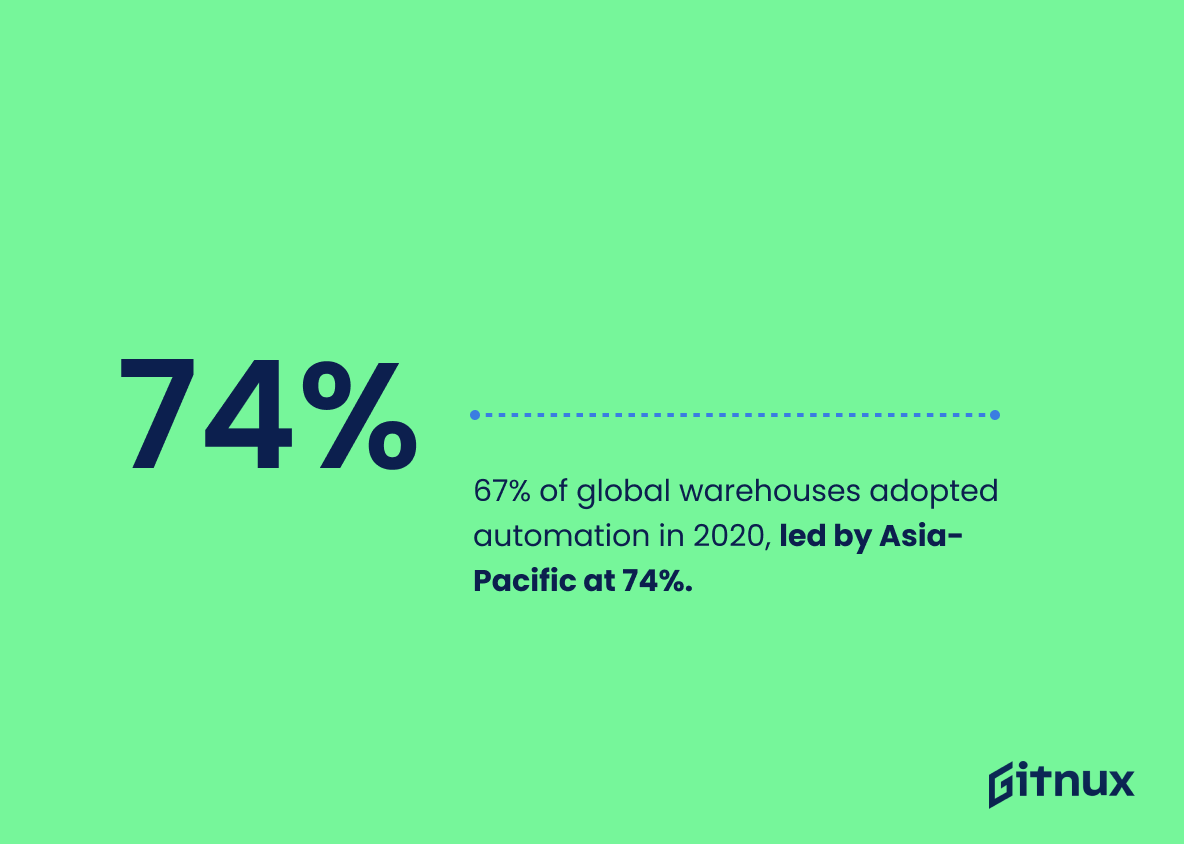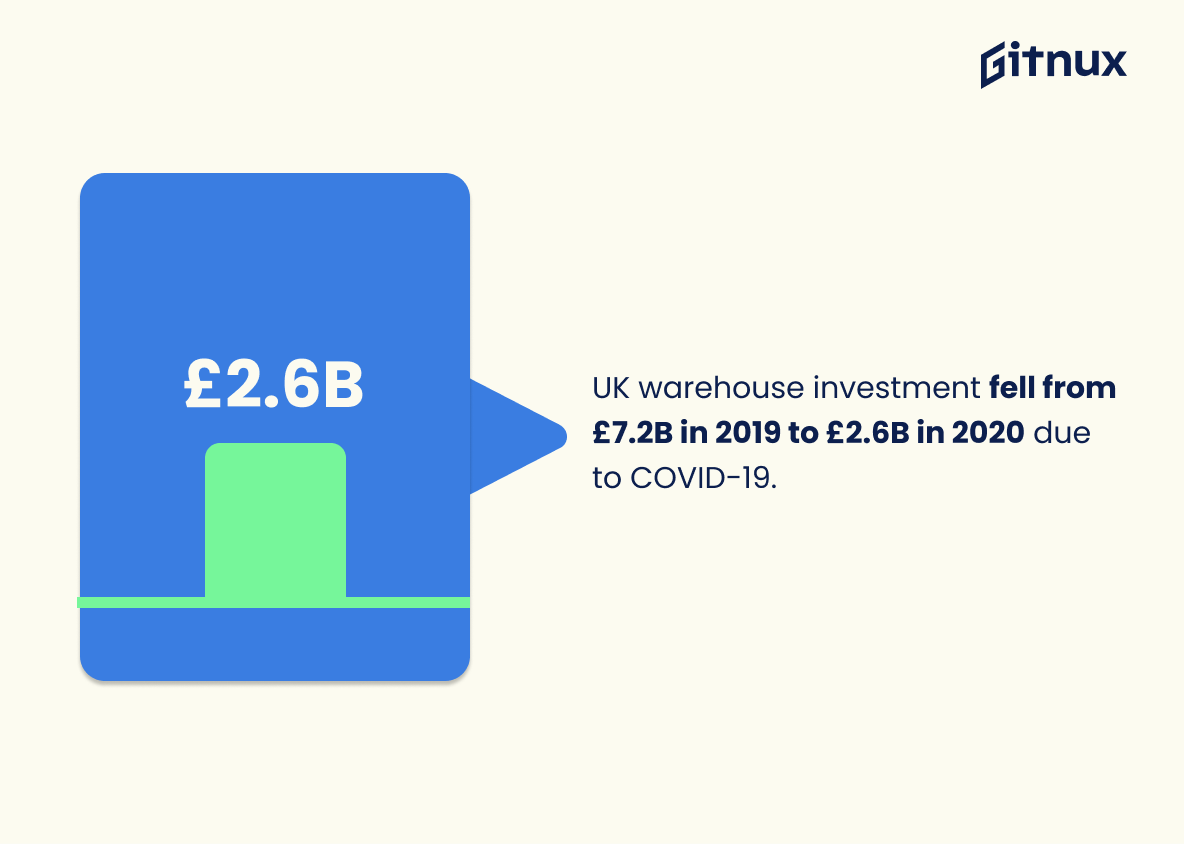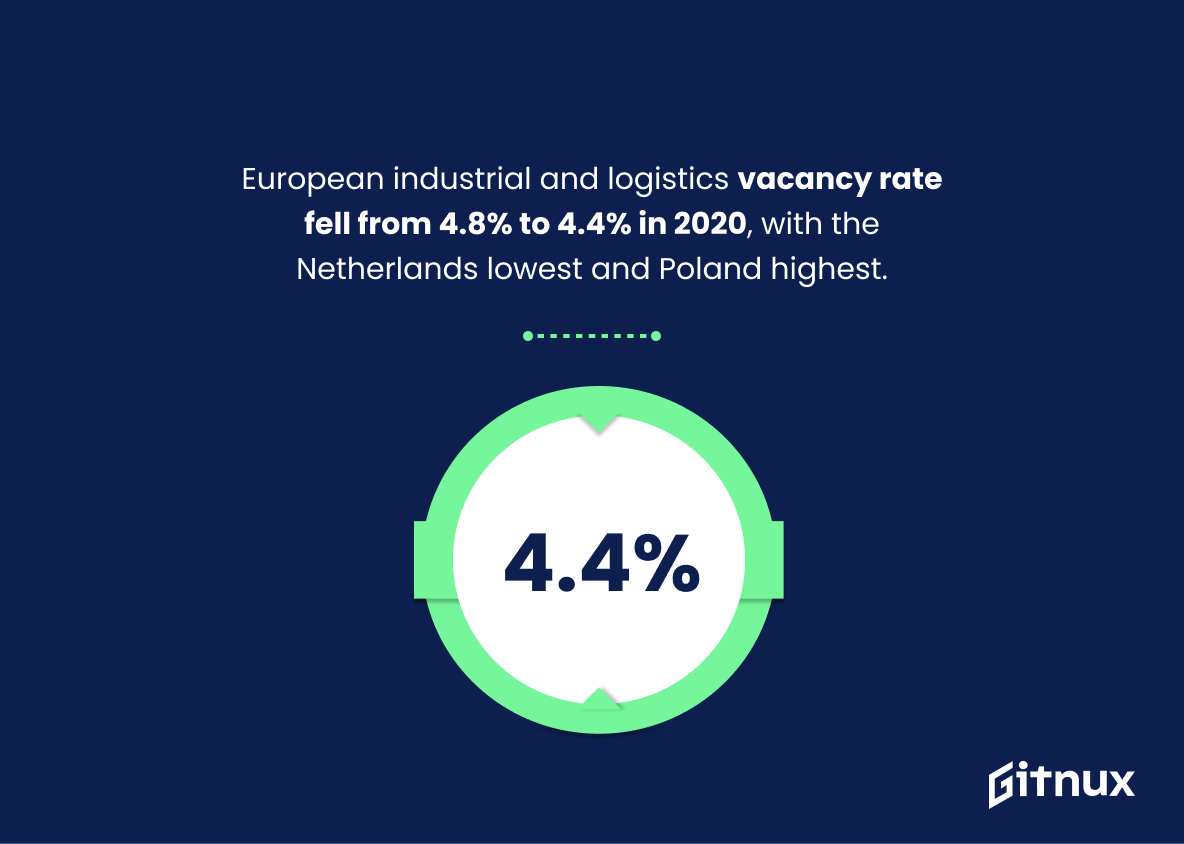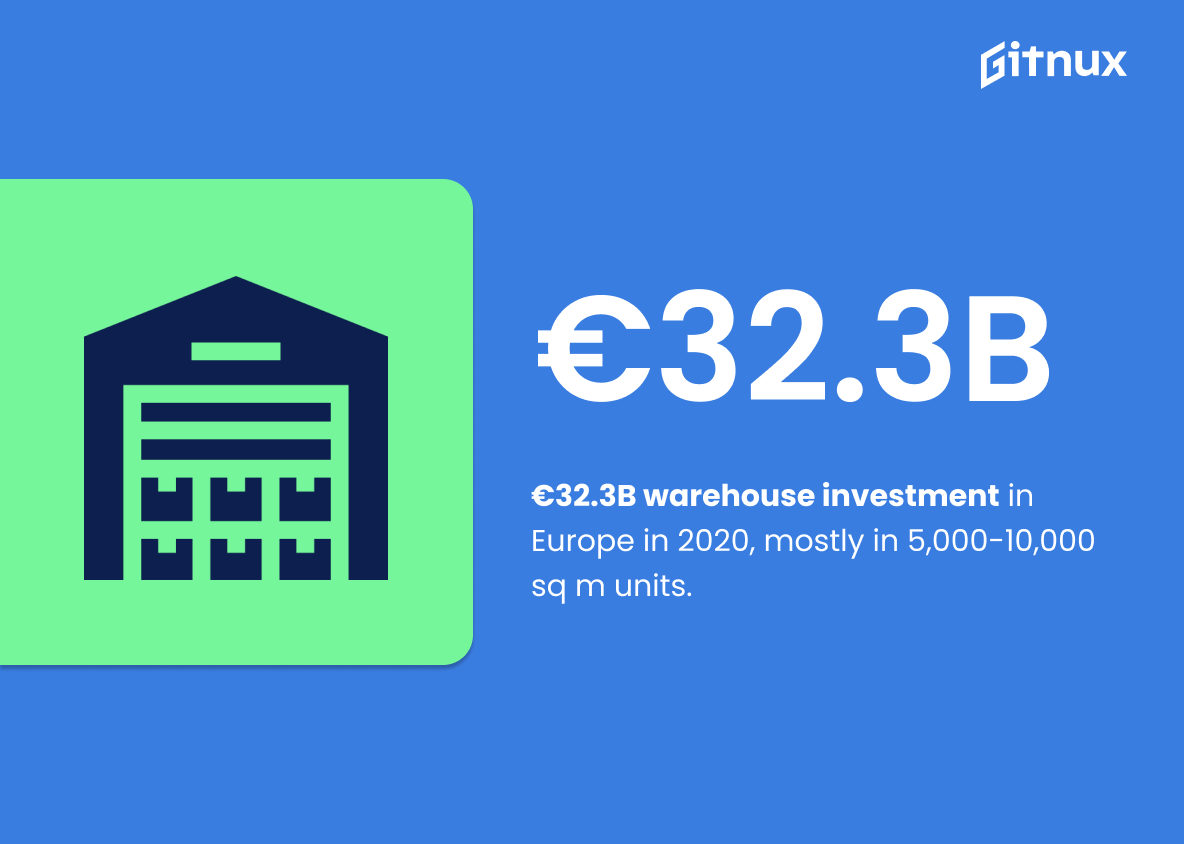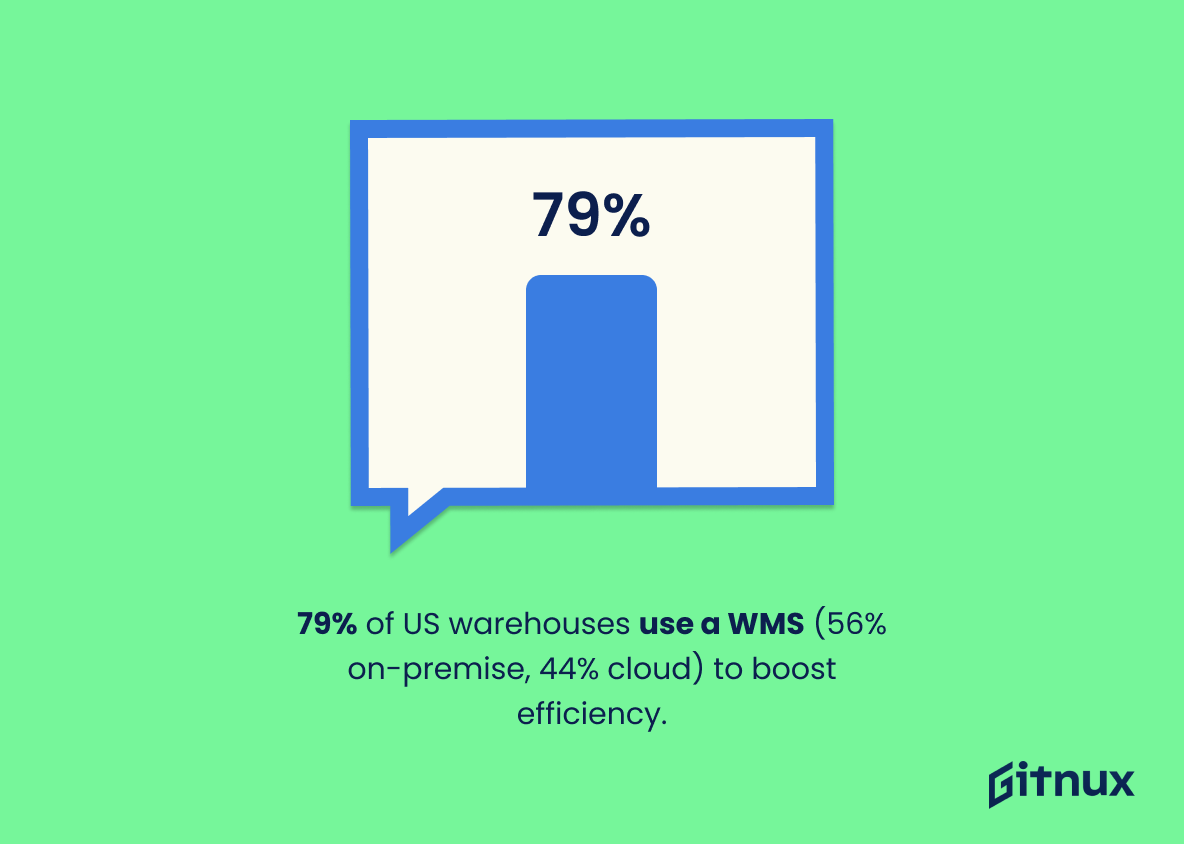The warehouse industry is an ever-evolving and dynamic sector of the global economy. It is a major contributor to the success of many businesses and is a key component of the supply chain. In this blog post, we will explore the latest warehouse industry statistics and trends, and discuss how they can help you make better decisions for your business.
We will also look at the impact of technology on the industry and how it is changing the way warehouses operate. Finally, we will discuss the challenges and opportunities that the industry is facing in the future.
Warehouse Industry: The Most Important Statistics
The global market size for warehouse automation is expected to grow from $13.46 billion in 2020 to $30.85 billion by 2026, with the Asia-Pacific region dominating the market due to increasing adoption of automation technologies.
79% of warehouses in the US were using a WMS in 2020, with 56% using an on-premise system and 44% using a cloud-based system, in order to increase efficiency.
Warehouse Industry Statistics Overview
In 2020, there were 681 thousand warehouses worldwide, with Asia having the highest number and the third-party logistics industry having the largest market share.
The global warehouse robotics market generated $3.3 billion in 2020 and is projected to reach $9.5 billion by 2025, with AGVs being the largest segment.
This shows the increasing need for automation in the warehousing industry to improve efficiency and reduce operational costs.
The global market size for warehouse automation is expected to grow from $13.46 billion in 2020 to $30.85 billion by 2026, with the Asia-Pacific region dominating the market due to increasing adoption of automation technologies.
It indicates that the industry is likely to experience significant growth in the coming years, which could lead to more jobs and better wages for workers in the sector.
67% of warehouses worldwide adopted automation technology in 2020, with the highest adoption rate in the Asia-Pacific region at 74%.
Thus, there is a growing trend of automation technology adoption in the warehouse industry, which can lead to increased efficiency and cost savings. This trend is especially important in the Asia-Pacific region, where the adoption rate is the highest.
Warehouse investment in the industrial market in the UK decreased from £7.2 billion in 2019 to £2.6 billion in 2020 due to the COVID-19 pandemic.
The North West region of the UK had the highest amount of industrial space available in 2020, with over 23 million square feet of space available in the 50,000 to 100,000 square feet size class.
The industrial and logistics vacancy rate in Europe decreased from 4.8% to 4.4% in 2020, with the Netherlands having the lowest rate and Poland having the highest.
This provides insight into the demand for warehouse space in Europe, which can help inform decisions about the warehouse industry.
In 2020, warehouse investment in real estate in Europe was valued at €32.3 billion, with the most commonly invested in warehouse unit size being between 5,000 and 10,000 square meters.
The average construction cost of an industrial warehouse in the United States in 2020 ranged from $62 to $131 per square foot, with San Francisco being the most expensive and Memphis being the least expensive.
79% of warehouses in the US were using a WMS in 2020, with 56% using an on-premise system and 44% using a cloud-based system, in order to increase efficiency.
Thus, the majority of warehouses in the US are using WMS in order to increase efficiency, and that the majority of those are using on-premise systems. This indicates that the warehouse industry is taking steps to improve efficiency and productivity, which is essential for its success.
Conclusion
The warehouse industry is a vital part of the global economy, and its importance is only increasing as more businesses rely on warehouses for their operations. The industry is growing rapidly, and the statistics show that warehouses are becoming more efficient and productive.
As the industry continues to evolve, it is important to stay up-to-date on the latest trends and developments in order to remain competitive. By understanding the current state of the industry and its future prospects, businesses can make informed decisions about their warehouse operations and stay ahead of the competition.
References
1 – https://www.statista.com/statistics/1271245/warehouses-worldwide/
2 – https://www.statista.com/statistics/1250585/warehouse-robotics-market-revenue-worldwide/
3 – https://www.statista.com/statistics/1094202/global-warehouse-automation-market-size/
4 – https://www.statista.com/statistics/1169394/global-warehouse-automation-technology-adoption/
5 – https://www.statista.com/statistics/997364/warehouse-investment-industrial-market-united-kingdom-uk/
6 – https://www.statista.com/statistics/1272141/industrial-space-available-in-uk-regions-by-size-class/
7 – https://www.statista.com/statistics/984997/industrial-and-logistics-vacancy-rates-europe/
8 – https://www.statista.com/statistics/988446/value-of-warehouse-investment-in-real-estate-europe-by-unit-size/
9 – https://www.statista.com/statistics/830417/construction-costs-of-industrial-warehouses-in-us-cities/
10 – https://www.statista.com/statistics/929894/warehouse-management-systems-in-use-united-states/


